Voucher £50
£50.00
Voucher worth £50 redeemable in our online store.
Delivery
We aim to despatch items as soon as we receive your order, usually within 1-2 working days. Orders are delivered by Royal Mail, InPost.
You should expect to receive your parcel within 3-5 working days from dispatch.
If you have not received your products after 5 working days please email us.
info@bees-treasure.com.
UK delivery (including Channel Islands) Delivery is charged by weight:
weight to 300 g
Royal Mail 1st Class Signed For Large Letter – £3.23
Royal Mail 2nd Class Signed For Large Letter – £2.93
weight to 2 kg
Royal Mail 1st Class Signed For Small Parcel – £4.68
Royal Mail 2nd Class Signed For Small Parcel – £4
weight from 2 to 10 kg
Medium parcel 1st Class InPost – £8
weight from 10 to 15 kg
Large parcel 1st Class InPost – £11
unlimited weight
Click and Collect
We can also deliver to other countries, but you must contact me via email for a quote. info@bees-treasure.com
Live Bees
1.5 kg Package Bees Available for collection only from our workshop in Cardiff
FAQs
Why does honey crystallise?
Honey in its liquid form, expertly referred to as strained honey, can usually be observed only for some time after it has been harvested, roughly from a few weeks to a year. This depends on a number of factors, such as the degree of honey density, storage conditions and ambient temperature, the type of honey, etc. Later, each honey first very slowly becomes turbid, and then gradually crystallises. At the end of this process, it takes on a form called crystallised honey or set honey. This is a natural process.
How to store honey?
Honey is best stored in a dry, dark and cool place (up to 15 degrees).
What is honey decrystallisation?
Honey loses its properties at temperatures above 40 degrees Celsius. That is why it is worth being careful during home decrystallisation of this product. In order for honey to regain its liquid form, a jar should be placed in a pot with warm (but not hot) water and its contents gently stirred with a wooden spoon. Depending on the degree of crystallisation and the size of the jar, the honey will dissolve after several or more hours without losing its nutritional and medicinal properties.
Does crystallised honey retain its values?
Honey crystallisation is a natural process which does not change the health values of real honey in any way. Crystallised honey retains all its values and this state proves the high quality of the product.
What are the shipping costs?
All types and shipping costs can be found on: www.bees-treasure.com/delivery/
Are there honeys for diabetics?
Unfortunately, there is no specific honey for diabetics. Sometimes we hear the opinion that acacia honey, in small amounts, can be used by people with diabetes. However, it should be remembered that all honey has a high glycaemic index and causes a rapid rise in blood sugar.
Can you eat honey while pregnant?
During pregnancy, honey can be consumed. It strengthens the body, relieves infections and is also good for pregnancy complaints such as nausea or heartburn.
Can pollen and bee bread during an allergy be consumed?
People who are allergic to pollen from grasses, trees, cultivated and wild plants have to start taking pollen or bee bread very carefully. It is true that pollen and bee bread are a “natural vaccine” for allergies, but initially they should be taken in very small quantities and the reaction of the body should be observed.
Why are there different colours of honey?
The colour of honey depends on the type of plants from which the bees collect nectar, honeydew and pollen. Honey can vary in colour from white, through light yellow, to brown. For example: rapeseed honey in its liquid state has a straw colour, when it crystallises its colour changes to white. Liquid buckwheat honey is dark tea in colour, and after crystallisation it turns brown. The same type of honey can have a different colour each year. This depends on the type of forage in the area, the occurrence of honeydew and the time of harvesting. For example, lime honey can be amber-coloured one year and pale yellow the next year.
Is there sugar in honey?
There are naturally occurring sugars in flower nectar. Among the numerous carbohydrates found in honey, simple sugars, namely glucose and fructose, are predominant and are responsible for honey’s sweet taste and nutritional properties.
Can young children eat honey?
Honey should not be given to children under one year of age. Honey should not be added to foods, drinks and mixtures for infants under one year of age – this also applies to baked goods and foods where honey has been heat-treated. For older children, there is no contraindication.
Can allergic reactions occur after taking pollen or bee bread?
People who are not allergic to honey may be allergic to pollen or bee bread. Therefore, we recommend that you initially contact these products with caution because of the allergic reaction. You can start with a few grains, taste gently on the tongue and swallow carefully (if you do not feel any tingling, etc.). After 12 – 24 hours you can try more and so on for a few days until you reach a teaspoon a day. In general, it is better to consume smaller and more frequent quantities than larger and one-time quantities.
Why isn’t there always full availability of honey, pollen and bee bread?
This is due to the amount of honey, pollen and bee pollen we obtain during the season.
Why does honey delaminate?
Honey can crystallise in different ways and, depending on conditions, take on different final shapes. Honey may also undergo mass stratification. Crystals of glucose, which has a natural tendency to crystallise, settle at the bottom, while fructose predominates in the upper layers. This does not affect the quality or properties of the honey. Honey can be stirred from time to time for uniformity, if a liquid layer bothers you. This crystallisation process is most characteristic of buckwheat honey.
What does the colour of freeze-dried honey depend on?
The final colour depends, among other things, on what colour the multi-flower honey was. Honey harvested in early spring has a lighter shade than that which was harvested in summer. The colour also depends on the ripeness of the fruit at the moment of undergoing the freeze-drying process.
What is freeze-dried fruit?
Freeze-drying is the process of drying products by freezing. Thanks to the low temperature and low pressure the food, apart from freezing, loses water which evaporates. After this process products still retain their natural flavour and valuable vitamins and minerals.
What additives are in flavoured honeys?
We add freeze-dried fruit to traditional honeys. There are no artificial syrups or colourings added to them.
Is it possible to consume honey everyday?
Honey can be consumed daily. We recommend 2 tablespoons for an adult and 1 tablespoon for a child over 3 years of age. Children from 1 to 3 years of age can consume one teaspoonful daily. Infants under 1 year of age should not be given honey to eat.
What is the shelf life of honey?
Traditional honeys have a shelf life of 3 years from the date of bottling, and flavoured honeys 2 years. Of course, if honey is stored correctly, it can be consumed even after this period. This is the legal deadline, but honey is such a product that can be good even after a very long time.
Where can you currently buy our products from the apiary in stationary shops?
PDN Polskie Delikatesy
52-53 Commercial Rd,
Newport NP20 2PE
Tel: 01633 675217
Berry Hill Farm
Berry Hill Farm Coedkernew,
Newport Gwent NP10 8UD
Tel: 01633 680938
Only logged in customers who have purchased this product may leave a review.
Pokrewne produkty
Opinie
Reviews
There are no reviews yet.
Only logged in customers who have purchased this product may leave a review.
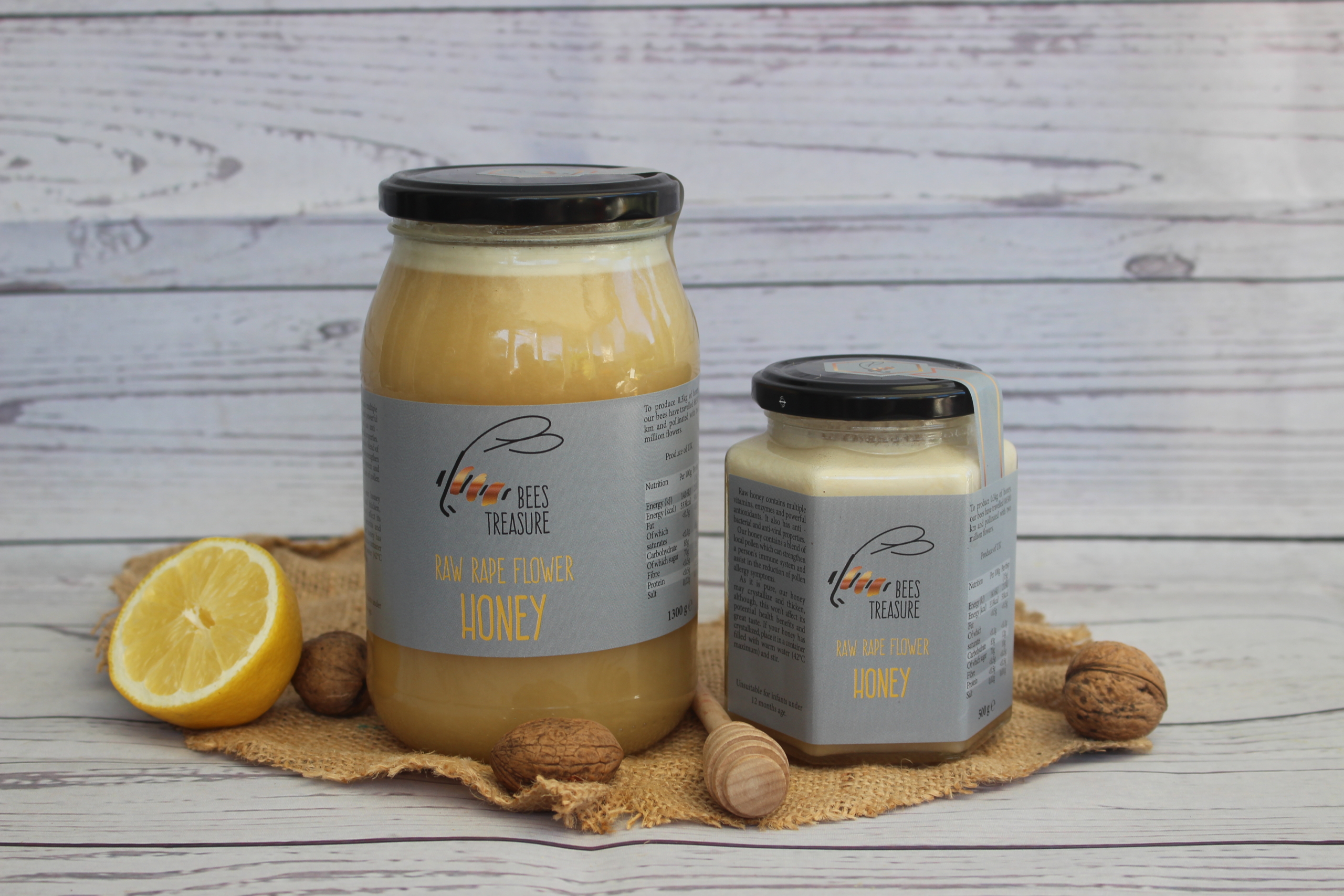
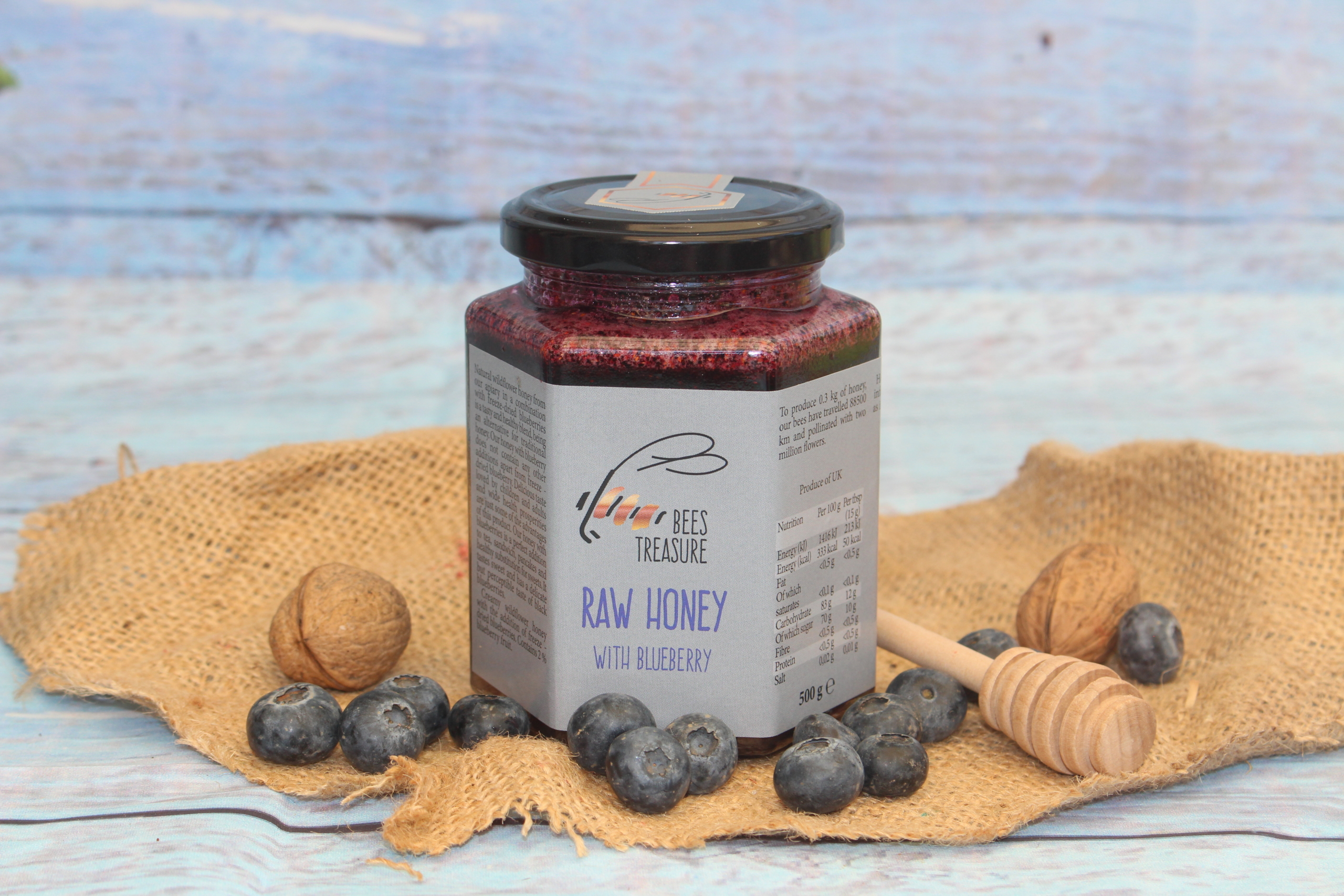


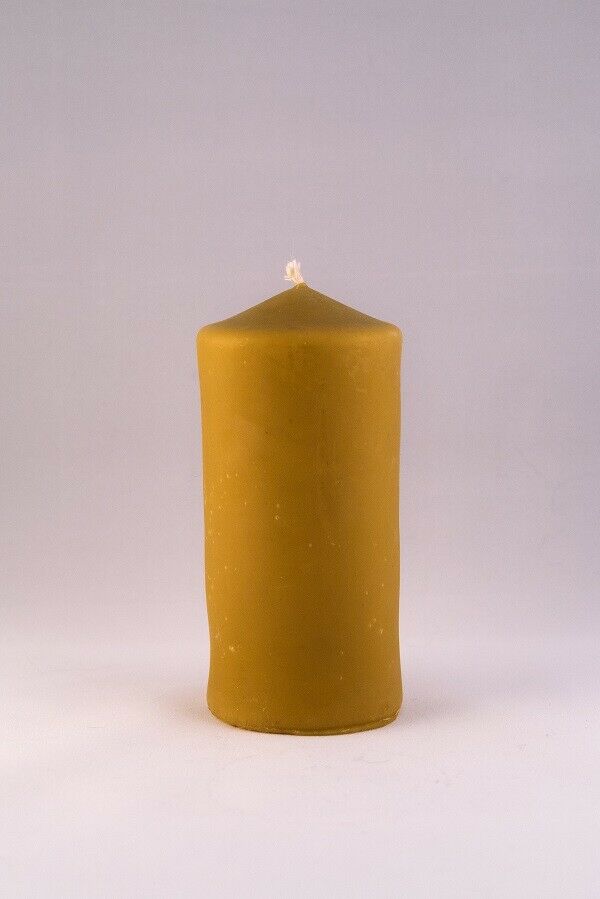
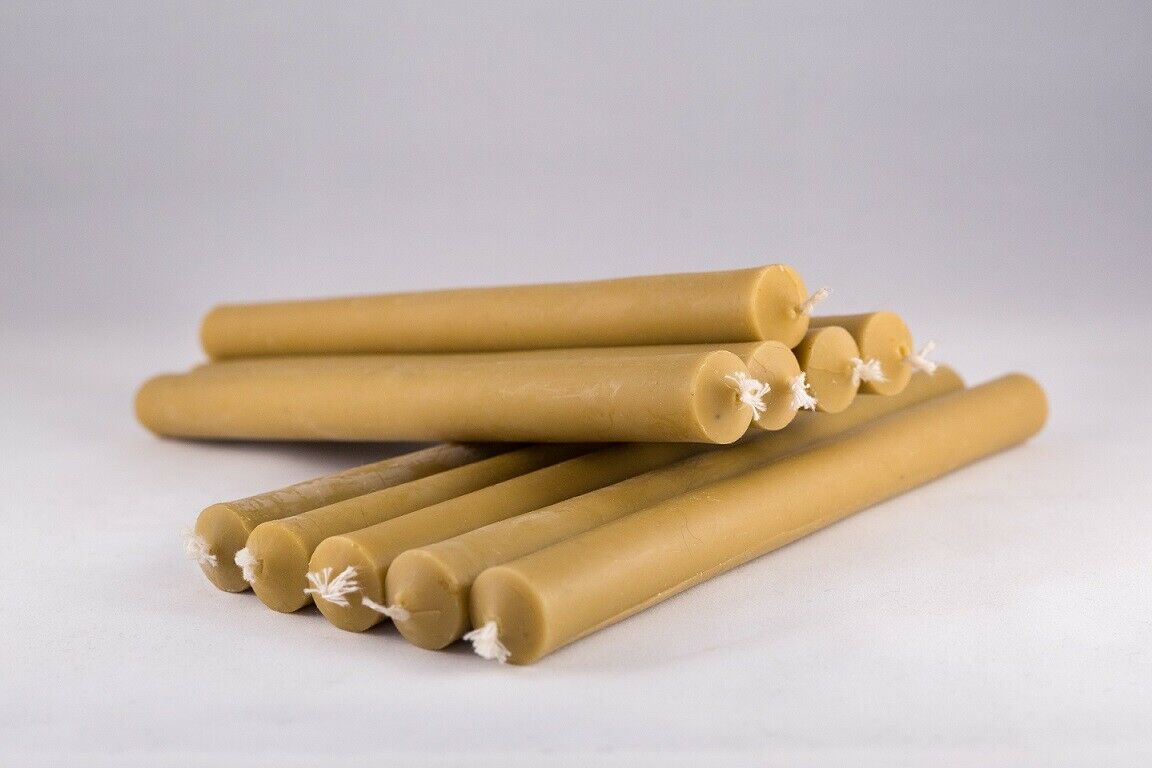
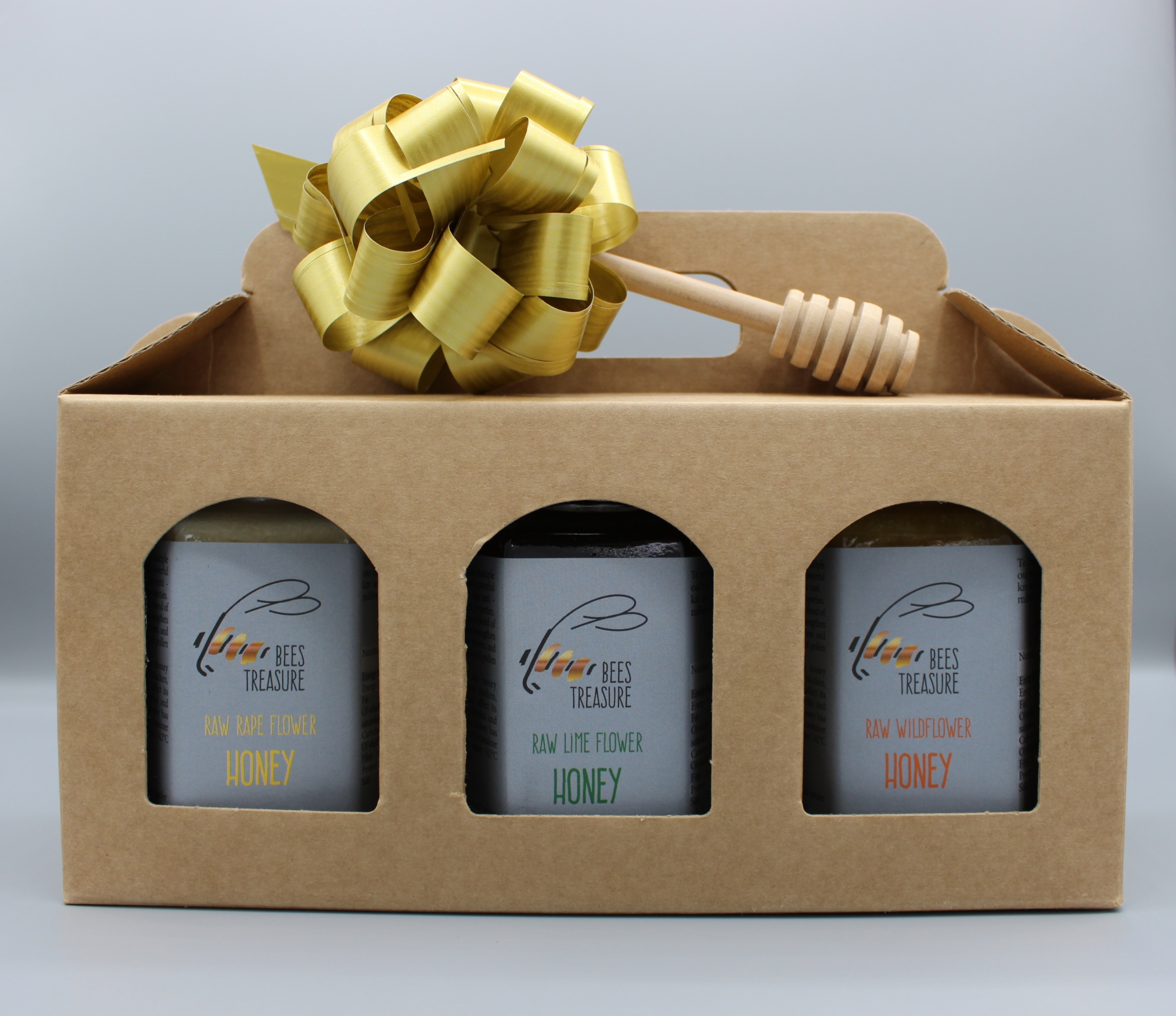

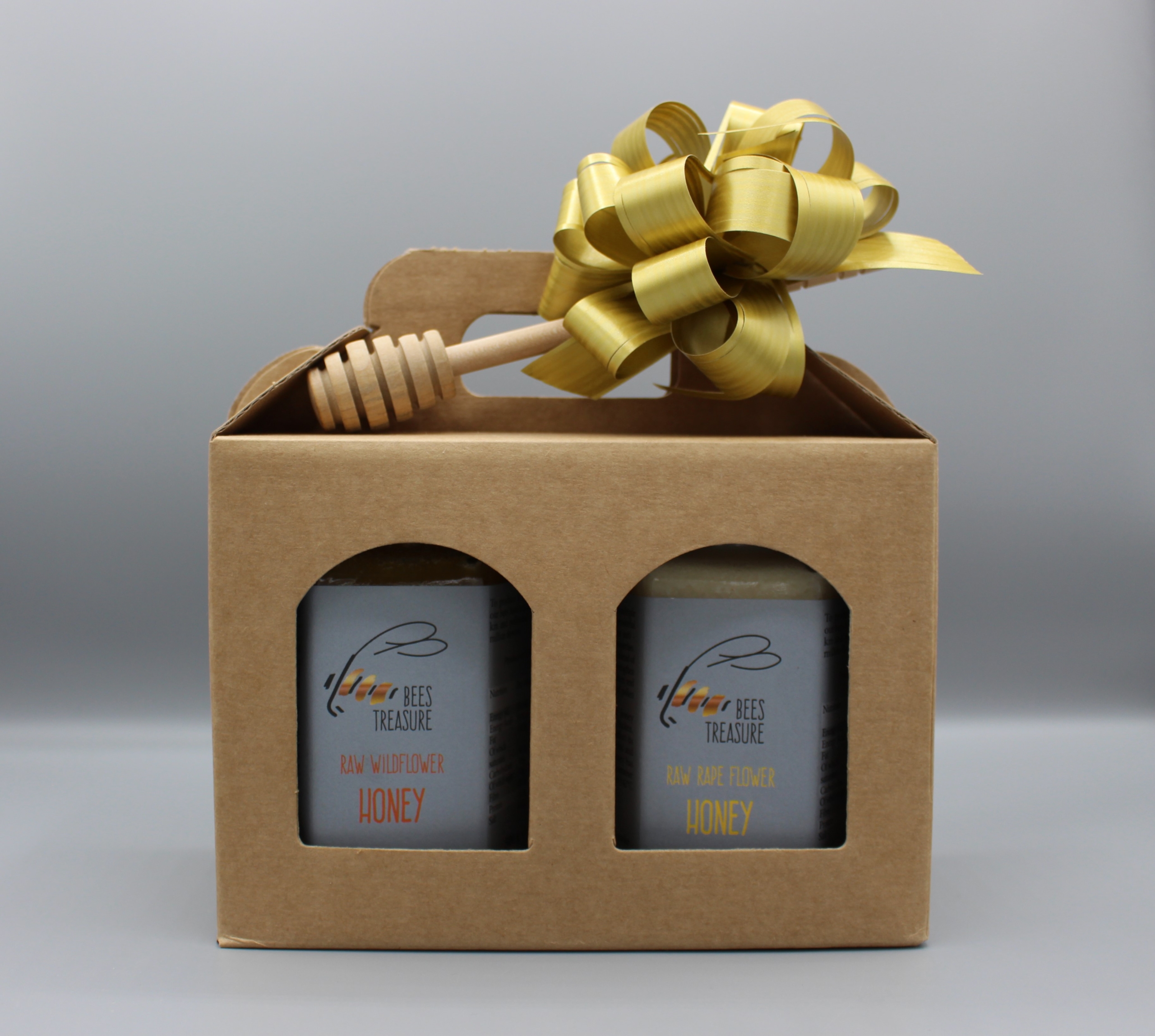


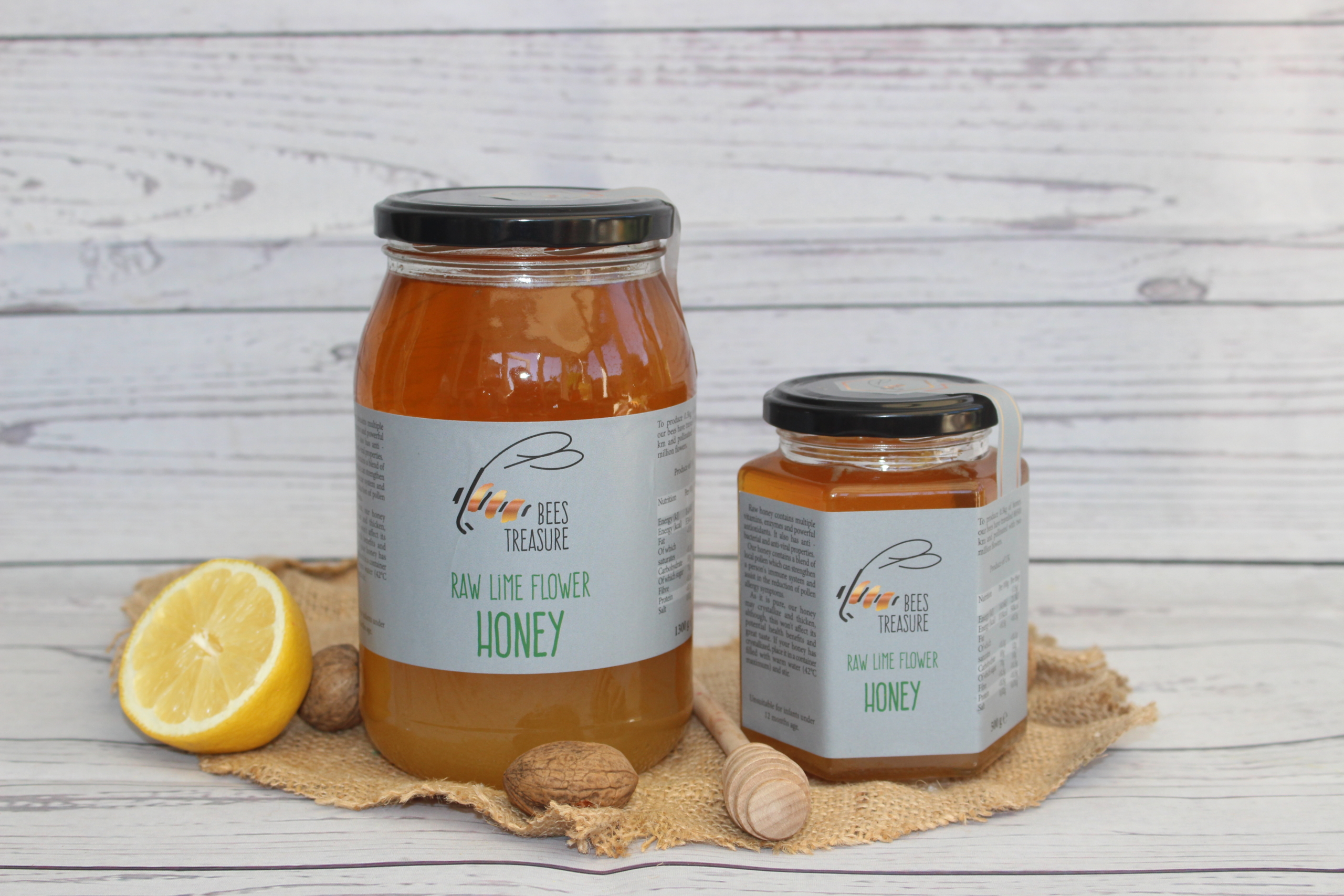




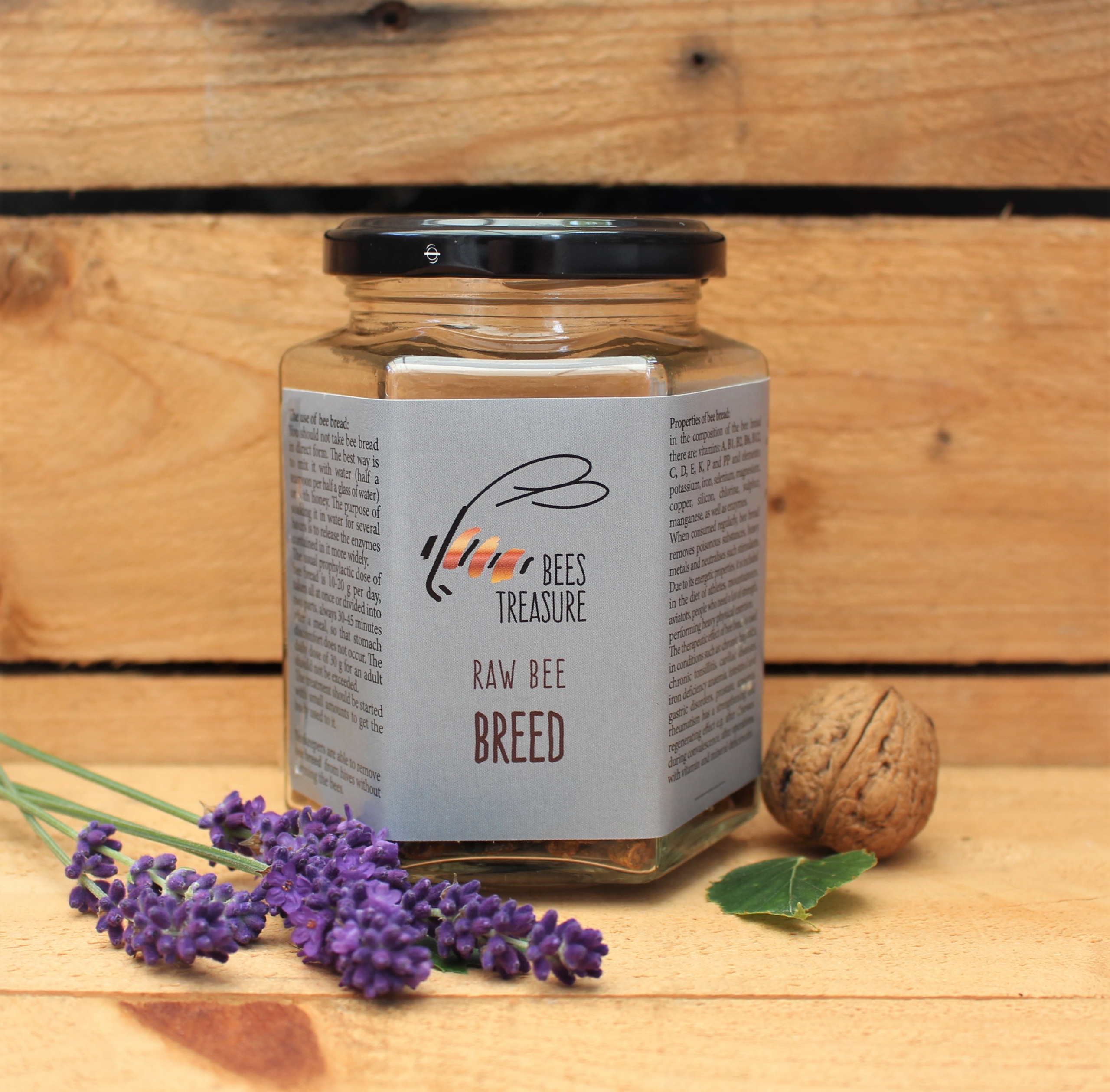
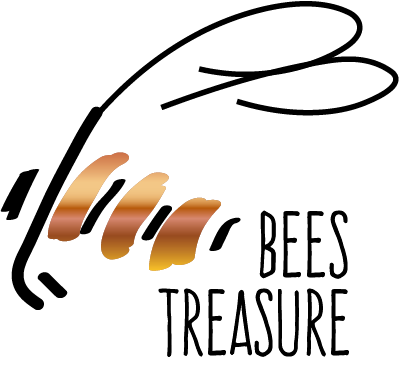
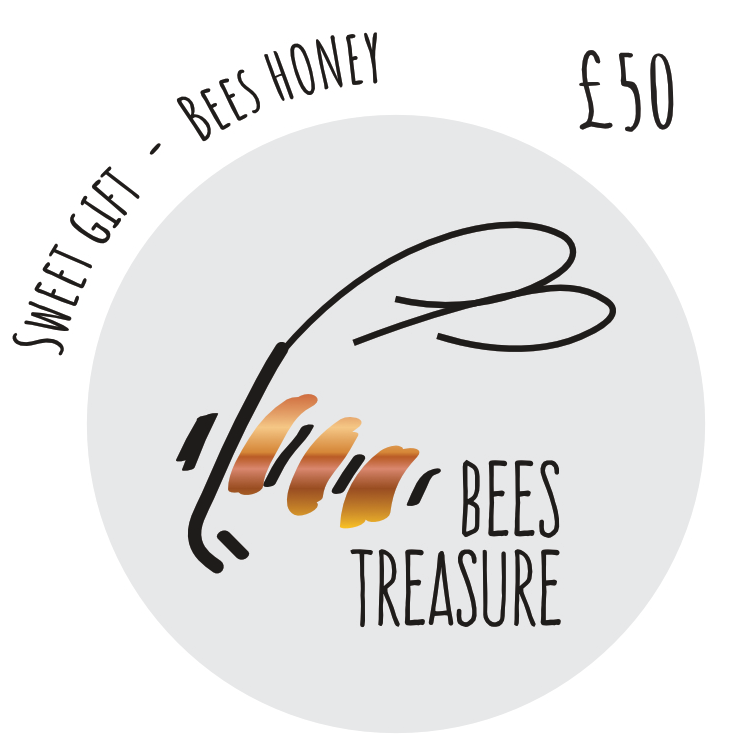
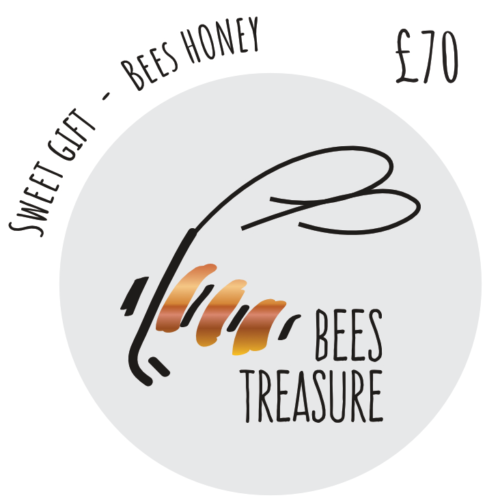

Reviews
There are no reviews yet.